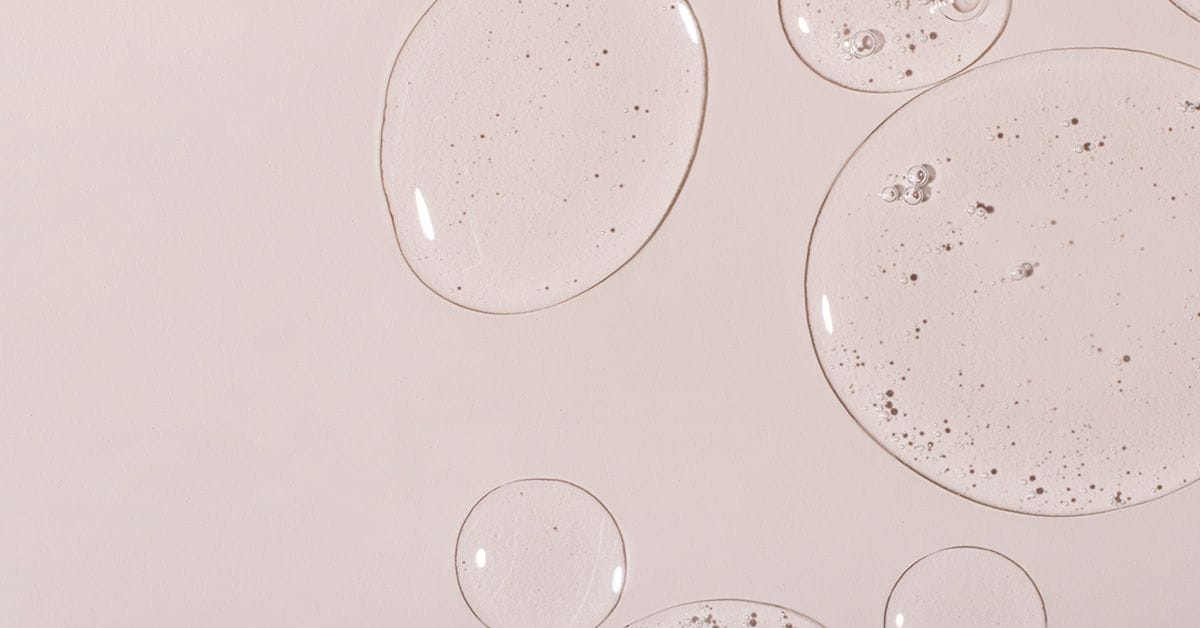Researchers report on an aspirin-containing hydrogel that mimics the nutrient-rich fluid between cells, accelerating healing in radiation-induced skin injuries.

Radiotherapy is one of the main treatments for cancer,1 but it is not without risks. High doses of radiation are used to target and kill cancer cells, and they must pass through the skin to do so. As a result, up to 95% of people undergoing radiotherapy will experience skin injury, and nearly 10% will suffer from severe skin damage.2,3 This ranges from skin redness to hair loss, ulcers, skin necrosis, and systemic infections—with prolonged pain and additional health costs. But at present, there are few treatments for these burn-like wounds beyond surgical removal of the damaged skin or exposure to pure oxygen in a pressurized environment.4
Wound dressings made from hydrogels are gaining popularity because they're easy to apply and can provide a natural wet environment for healing.5,6 Compared to traditional dry bandages, hydrogels are easily replaced, and they avoid secondary injury and infection during dressing changes. Now, researchers in ACS Biomaterials Science & Engineering report an aspirin-containing hydrogel that mimics the nutrient-rich fluid between cells, accelerating healing in radiation-induced skin injuries.
The group, working in China, developed a multifunctional glycopeptide hydrogel that mimics the extracellular matrix (ECM) to promote and accelerate the repair of radiation-induced skin injuries via a dual-modulation strategy in different healing stages.7 Oxidized chondroitin sulfate from natural polysaccharides and antioxidant peptides were used as the main component of the glycopeptide, which was then loaded with acetylsalicylic acid (aspirin). The resulting hydrogel was able not only to form an ECM-like nanofiber structure, but it also exhibited scavenging of reactive oxygen species and the ability to repair DNA double-strand breaks—both of which can reduce acute radiation damage. The oxidized chondroitin sulfate also helps control inflammation, speeding up the healing of chronic injuries.
In animal models, the hydrogel significantly reduced symptoms, promoted epidermal tissue regeneration and angiogenesis, and reduced pro-inflammatory cytokine expression. The authors report that with further development, the new hydrogel could provide effective and rapid wound healing, and has great potential in radiotherapy protection and repair.

Multifunctional Glycopeptide-Based Hydrogel via Dual-Modulation for the Prevention and Repair of Radiation-Induced Skin Injury
DOI: 10.1021/acsbiomaterials.4c00698
Hydrogels: Further Explorations
Such biomimetic glycopeptides have also been explored in tissue engineering, where they can act as scaffolds for regenerative tissues; earlier this year, we brought you news of in situ bioprinting that can create custom tissue scaffolds, as well as novel approaches using bio-ink. In a similar vein, work published in ACS Applied Materials & Interfaces describes how a glycopeptide hydrogel was developed to mimic the glycosylated microenvironment of the ECM.8 The resulting structure has many glucose molecules on its surface, which helps endothelial cells (cells that line blood vessels) stick and grow. When combined with deferoxamine, a medicine that binds iron and aluminium, the self-assembled hydrogel served as a drug reservoir, slowly releasing the medicine and promoting the formation of capillary-like structures in animal models. When injected under the skin of mice, this hydrogel effectively encouraged the growth of new blood vessels.
Share Your Latest Research on Hydrogels
In addition to wound healing and tissue regeneration, hydrogels show great potential across a wide range of applications. Currently, Chem & Bio Engineering is accepting submissions for an upcoming Special Issue on “Advanced Functional Hydrogels.” This Special Issue seeks to capture the breadth of hydrogel research, spanning from fundamental advances to practical applications in diverse fields. We welcome submissions on this exciting topic through December 31, 2024.

Call for Papers: Advanced Functional Hydrogels
References
- World Health Organization. https://www.who.int/news/item/05-03-2021-new-who-iaea-publication-provides-guidance-on-radiotherapy-equipment-to-fight-cancer.
- Zhou, D. et al. Multifunctional mesoporous silica-cerium oxide nanozymes facilitate miR129 delivery for high-quality healing of radiation-induced skin injury. J. Nanobiotechnol. 2022, 20 (1), 409.
- Zhao, M. et al. Eco-Friendly and Scalable Synthesis of Fullerenols with High Free Radical Scavenging Ability for Skin Radioprotection. Small 2021, 17 (37), 2102035.
- Gill, A.L. and Bell, C.N.A. Hyperbaric oxygen: its uses, mechanisms of action and outcomes. Qjm-int J. Med. 2004, 97 (7), 385–395.
- Sen, R.K. et al. Smart Nanofibrous Hydrogel Wound Dressings for Dynamic Infection Diagnosis and Control: Soft but Functionally Rigid. ACS Appl. Bio Mater. 2024, 7, 2, 999–1016.
- Zhang, L. et al. MMP-Responsive Nanoparticle-Loaded, Injectable, Adhesive, Self-Healing Hydrogel Wound Dressing Based on Dynamic Covalent Bonds. Biomacromolecules 2023, 24, 12, 5769–5779.
- Guo J, et al. Multifunctional Glycopeptide-Based Hydrogel via Dual-Modulation for the Prevention and Repair of Radiation-Induced Skin Injury. ACS Biomater. Sci. Eng. 2024, 10, 8, 5168–5180.
- Qi J, et al. Enzymatic Formation of an Injectable Hydrogel from a Glycopeptide as a Biomimetic Scaffold for Vascularization. ACS Appl. Mater. Interfaces 2018, 10, 7, 6180–6189.
